Is Emphasis the Most Important Element of Composition in Painting?

In painting, composition refers to the arrangement of visual elements within the artwork. It determines how the viewer engages with the painting and how effectively the artist communicates their intended message. One of the critical elements within the composition is the emphasis, which refers to the focal point that draws the viewer’s eye. By establishing emphasis, artists guide the viewer to the most significant parts of the painting, helping them understand the narrative, theme, or emotion behind the piece. But is emphasis the most important element of composition in painting?
While emphasis is crucial, painting as an art form relies on a range of other compositional tools, such as balance, contrast, unity, and rhythm, to achieve a harmonious and effective visual experience. In this article, we will explore the concept of emphasis in painting, how it interacts with other compositional elements, and whether it truly holds the title of being the most important aspect of composition.
Understanding Emphasis in Painting Composition
In painting, emphasis is the technique of making a particular part of the composition stand out to grab the viewer’s attention. This focal point can be a person, object, or even a particular section of the canvas. Emphasis ensures that the painting has a clear point of interest, allowing the viewer to immediately recognize the most critical aspect of the work.
Several techniques allow artists to achieve emphasis in their compositions:
- Color Contrast: One of the simplest ways to create emphasis is through contrasting colors. For example, placing a brightly colored object in an otherwise muted or dark background immediately draws attention to that object. In Claude Monet’s painting, Impression, Sunrise, the vibrant orange sun stands out starkly against the cool blues and greens of the background, directing the viewer’s gaze to the central focal point.
- Value Contrast: Beyond color, using contrasting light and dark values can effectively create emphasis. The technique of chiaroscuro, made famous by Caravaggio, uses stark contrasts between light and dark areas to draw the viewer’s attention to a specific point. This creates dramatic tension and makes the emphasized area stand out more powerfully.
- Placement in the Composition: The location of the focal point in the painting can also determine its emphasis. Objects placed near the center of the canvas naturally draw attention, but emphasis can also be achieved by placing key elements off-center, using the rule of thirds. In Johannes Vermeer’s Girl with a Pearl Earring, the placement of the girl’s face is slightly off-center, making it more engaging to the viewer’s eye.
- Size and Scale: Emphasis can be created by making one object significantly larger or smaller than the others in the composition. This manipulation of scale establishes a visual hierarchy. In Diego Velázquez’s Las Meninas, the central figure of the Infanta Margarita is larger and brighter, commanding immediate attention amidst a room of other figures.
- Isolation: By isolating the focal point from other objects in the painting, the artist can enhance emphasis. In Caspar David Friedrich’s Wanderer Above the Sea of Fog, the lone figure standing in isolation against a vast landscape is an example of how isolation is used to highlight the subject and create emotional intensity.
In these ways, emphasis helps guide the viewer's eye, establishing a hierarchy of importance within the painting. Without it, a composition could feel confusing or lack direction. For many artists, achieving emphasis is the starting point for creating a compelling visual narrative.
The Role of Emphasis in Various Painting Styles
Emphasis plays an essential role across a variety of painting styles and movements, from classical realism to modern abstract work. However, the way artists use emphasis changes depending on their approach and goals.
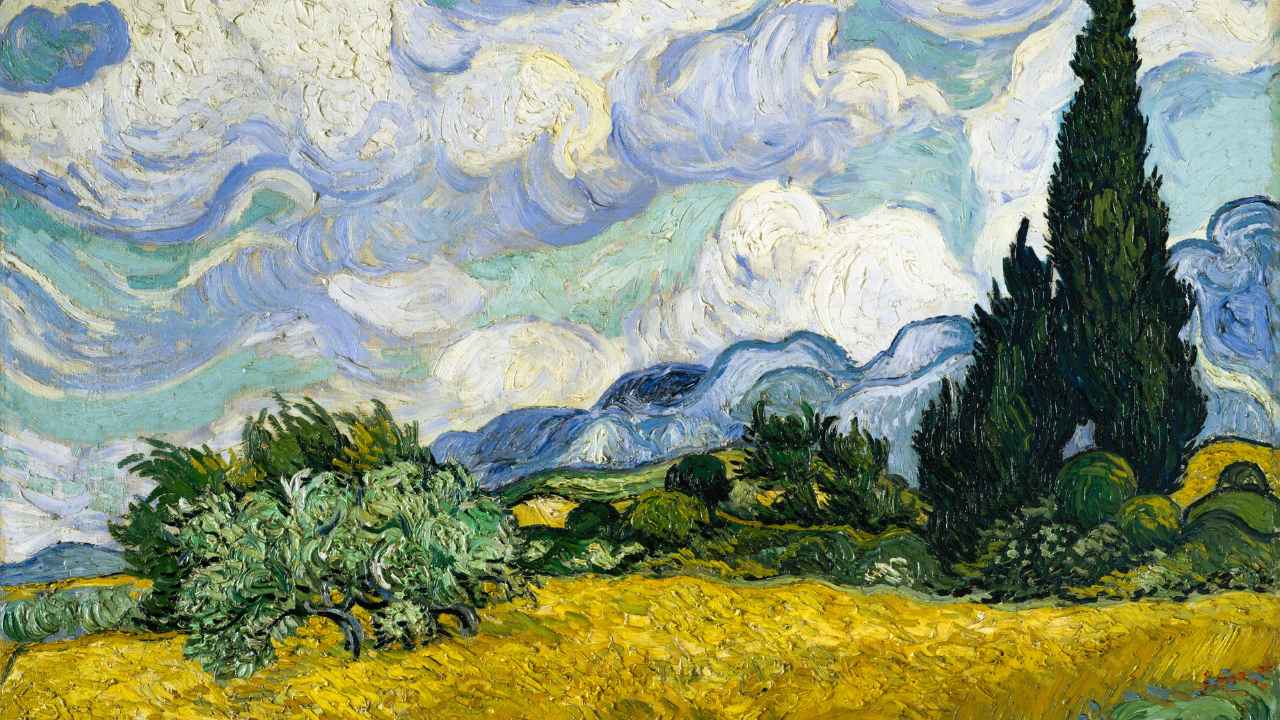
- Classical and Renaissance Painting: During the Renaissance and Baroque periods, artists used precise techniques of light, color, and composition to create focal points within their paintings. Leonardo da Vinci and Michelangelo employed symmetry and careful placement to emphasize the most critical figures in their works, often using geometry to ensure the viewer’s eye was led directly to the key subject.
- Impressionism: In Impressionist painting, emphasis is often achieved through the play of light and color. Instead of sharp lines or contrast, artists like Claude Monet and Pierre-Auguste Renoir created focal points through subtle color variations or light contrasts. The emphasis in these paintings is often more fluid, leading the viewer’s eye through the scene rather than focusing sharply on a single object.
- Modern and Abstract Art: In modern art, emphasis can be less about a literal focal point and more about mood or emotion. For example, Wassily Kandinsky’s abstract compositions use color and shape to create emotional emphasis rather than direct the eye to a particular object. In Pablo Picasso’s Guernica, the emphasis is on the chaos and tragedy of war, with multiple focal points of emotion and expression scattered across the canvas. Emphasis, in this sense, is less about visual hierarchy and more about conceptual depth.
In each of these styles, emphasis serves as an essential tool for controlling how viewers engage with the painting. Whether it’s guiding the eye to a central figure or emphasizing a particular mood, this element remains a fundamental aspect of composition.
Is Emphasis the Most Important Element in Painting?
While emphasis is undoubtedly important, calling it the most important element of composition oversimplifies the complex interplay of various components that make a painting effective. In fact, emphasis cannot exist in isolation—it depends on other elements, such as balance, contrast, rhythm, and unity, to work successfully. Let’s examine these other compositional tools and how they interact with emphasis.
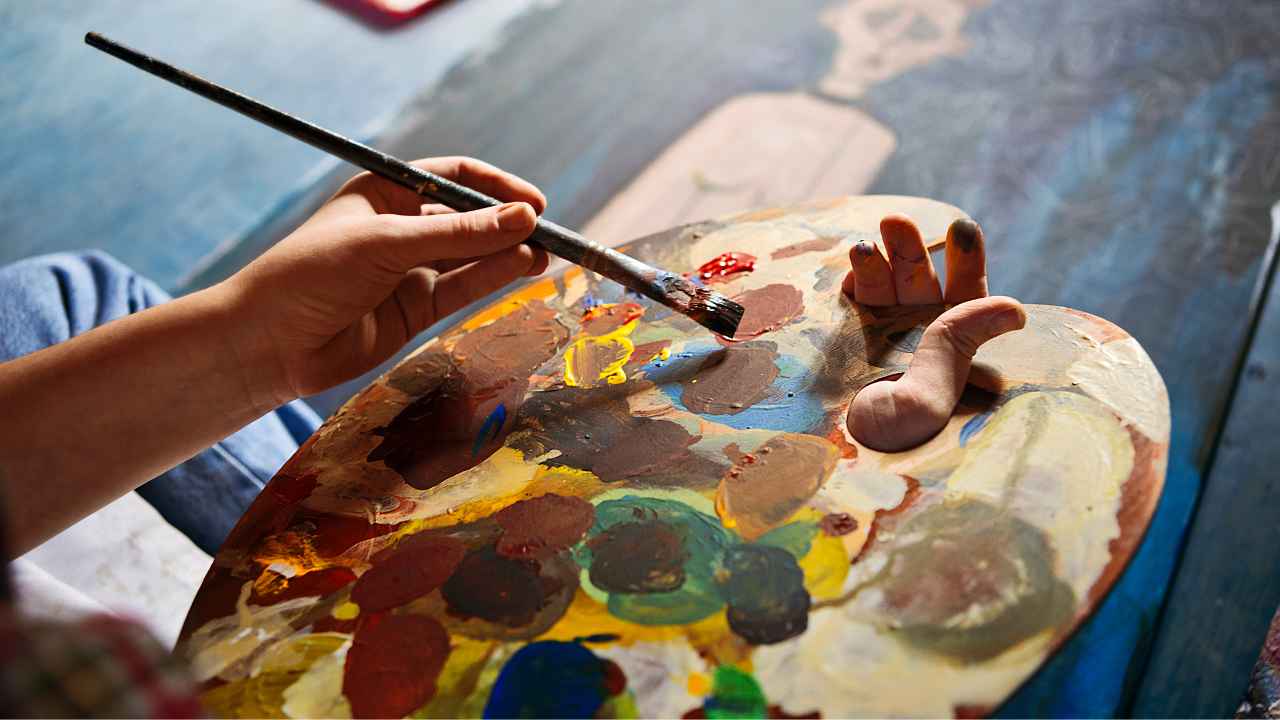
1. Balance
Balance refers to the visual weight distribution in a painting. A well-balanced composition creates a sense of harmony and stability, while an unbalanced composition can feel tense or chaotic—though sometimes this imbalance is intentional to convey a particular emotion.
- Symmetrical Balance: In symmetrical compositions, both sides of the painting mirror each other in terms of weight, shape, and color. Symmetrical balance can create a sense of formality or tranquility. Leonardo da Vinci’s The Last Supper is an example of symmetrical balance, with the figure of Christ at the center, emphasized by the balanced composition of the apostles around him.
- Asymmetrical Balance: Asymmetrical compositions use contrasting elements of size, shape, or color to achieve balance more dynamically and interestingly. In Edgar Degas’ The Ballet Rehearsal, the placement of the dancers creates an asymmetrical balance that keeps the viewer’s eye moving through the painting while still leading to areas of emphasis.
Relation to Emphasis: Emphasis relies on balance to create a composition that feels visually cohesive. If the emphasis is placed on one part of the painting without regard for balance, the composition might feel heavy or incomplete. The viewer’s eye could be drawn too strongly to the focal point, losing appreciation for the rest of the piece. Therefore, balance and emphasis work in tandem to create a unified experience.
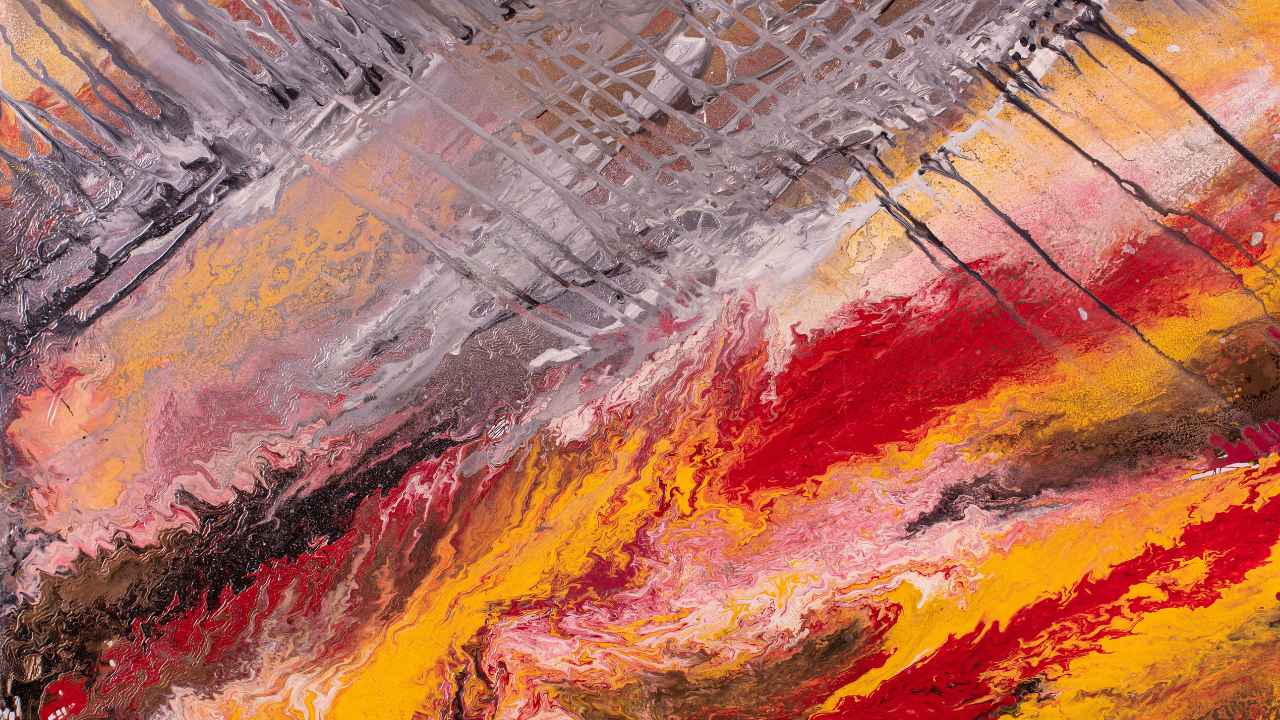
2. Contrast
Contrast is the difference between elements in a painting—differences in color, value, texture, or shape. It is essential not only for creating emphasis but also for adding visual interest and complexity.
- Color Contrast: As mentioned earlier, using bright colors against dull ones creates emphasis. However, contrast can also enhance the overall mood or atmosphere of a painting. In J.M.W. Turner’s The Fighting Temeraire, the contrast between the dark, industrial ship and the soft, warm colors of the sunset creates a powerful emotional contrast, reinforcing the painting’s themes of change and decay.
- Value Contrast: Strong contrasts between light and dark areas, as used in Rembrandt’s portraits, draw attention to specific parts of the painting while also adding depth and drama.
Relation to Emphasis: Contrast is often the method by which emphasis is achieved. However, too much contrast without control can make a composition chaotic. Therefore, while contrast is critical for establishing emphasis, it must be used with balance and intention.
3. Unity and Variety
Unity refers to the sense that all elements in a painting belong together, while variety ensures that the composition doesn’t become monotonous. Achieving unity and variety is essential for creating an engaging and cohesive painting.
- Unity: In Gustav Klimt’s The Kiss, the unified color palette and repeated patterns create a harmonious composition, while the central figures of the lovers are emphasized.
- Variety: At the same time, Klimt introduces variety through the different textures and patterns on the clothing of the figures, adding visual interest and complexity to the piece.
Relation to Emphasis: Unity allows the focal point to feel like an integrated part of the whole composition. Without unity, the emphasis might feel jarring or disconnected. However, without variety, the painting could become visually dull, making the focal point less engaging.
4. Rhythm and Movement
Rhythm in painting refers to the repetition of shapes, lines, or colors to create movement or flow within the composition. This movement guides the viewer’s eye through the painting, often leading to the focal point.
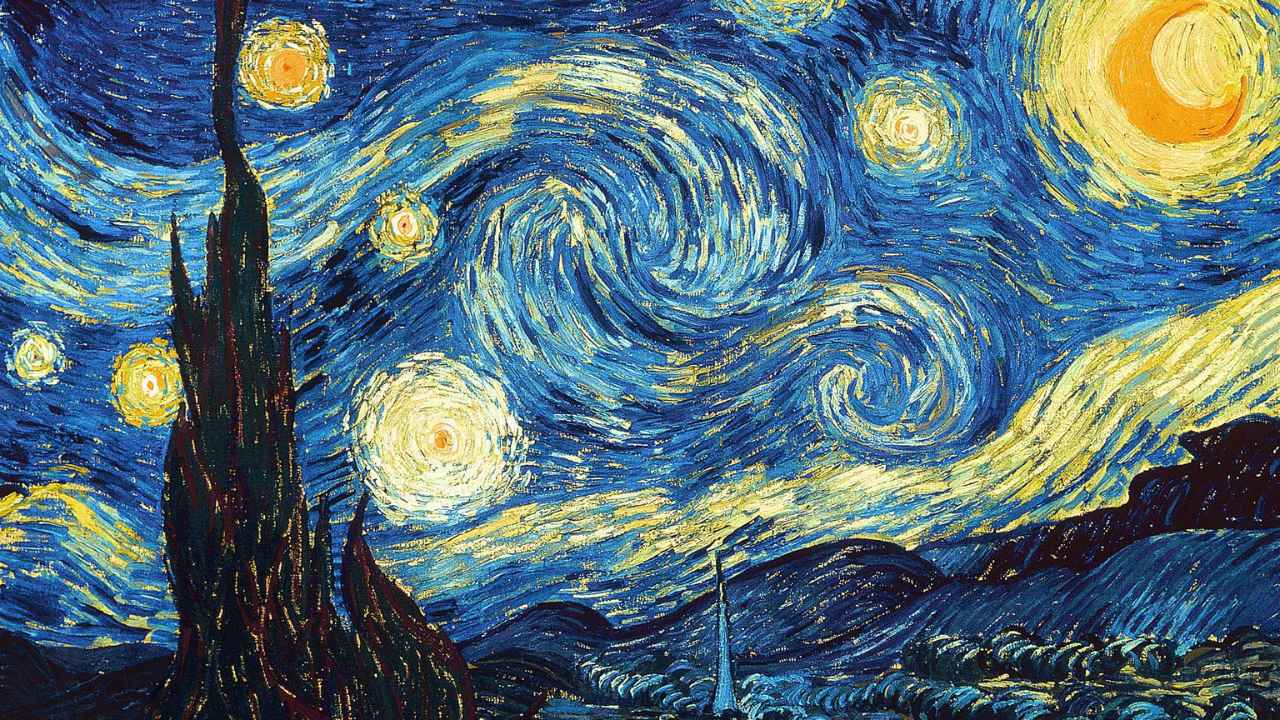
- Rhythm in Nature: In Van Gogh’s The Starry Night, the swirling patterns of the sky create a sense of rhythm and movement that draws the viewer toward the glowing stars, which serve as the focal points of the composition.
- Repeating Shapes and Lines: In Henri Matisse’s cutouts, repeated shapes and colors create a rhythmic flow, giving the artwork a sense of movement and energy while leading the viewer’s eye to areas of emphasis.
Relation to Emphasis: Rhythm supports emphasis by directing the viewer’s eye through the composition toward the focal point. Without rhythm, emphasis might feel too static, and the painting may lack energy or flow.
Conclusion
Is emphasis the most important element of composition in painting? While it is certainly essential, it cannot be singled out as the most important element without considering the other components of composition. Emphasis works in harmony with balance, contrast, rhythm, unity, and variety to create a well-composed painting. Each element serves a specific function in directing the viewer’s eye, creating visual interest, and supporting the overall message or feeling the artist wants to convey.
Rather than elevating one element above the others, the true power of composition lies in how these elements are orchestrated together. In painting, emphasis is undoubtedly a key player, but it is the interplay of all compositional tools that creates a truly effective and engaging artwork.
Did you find this post Helpful or Inspiring? Save THIS PIN to your PAINT Board on Pinterest!
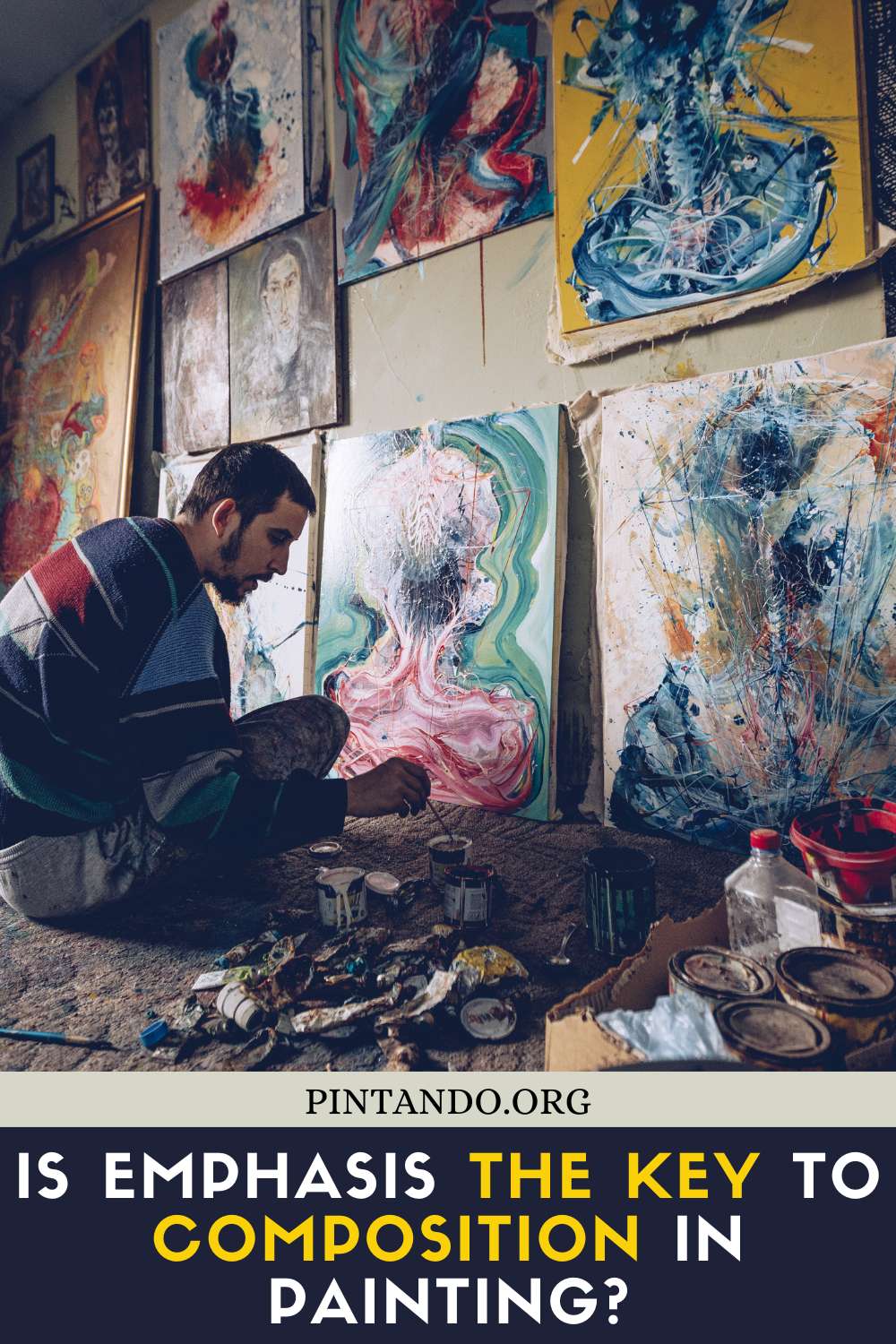

You might also enjoy these articles: